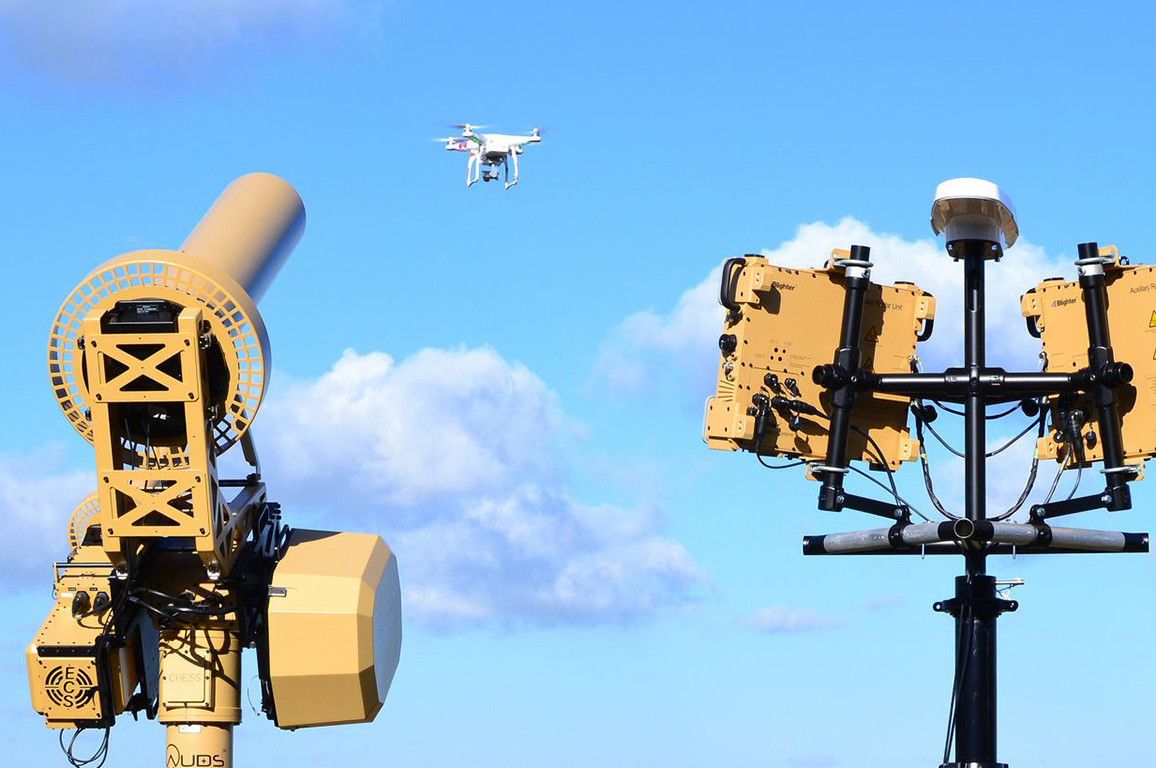Counter-Drone Technology: How Airports and Stadiums Protect Their Airspace
With the increasing use of drones in various industries, security concerns regarding their unauthorized access to restricted airspaces have risen significantly. Airports and stadiums, in particular, are highly vulnerable to drone-related disruptions, ranging from accidental interference with flight operations to deliberate security threats such as espionage or terrorist activities. To combat these risks, specialized counter-drone technologies have been developed and deployed to monitor, detect, and neutralize unauthorized drones efficiently.
The presence of unregulated drones in sensitive airspaces has led to multiple security breaches worldwide. Airports have faced significant delays and operational hazards due to drones flying near runways, forcing air traffic control to ground or reroute flights. Similarly, stadiums hosting large-scale events have reported unauthorized drone activities, where drones have been used for illegal live streaming, unauthorized surveillance, and potential security threats. To address this growing concern, comprehensive counter-drone measures are being implemented.
Several technologies play a crucial role in counter-drone defense systems. Radar and radio frequency (RF) detection systems are commonly used to identify and track unauthorized drones by analyzing their signals and movement patterns. Advanced radar technology differentiates between drones and other airborne objects, reducing false alarms. Jamming and spoofing techniques are also widely employed, disrupting drone communications and navigation systems to force unauthorized drones to land or return to their origin. While jamming works by blocking the signals between a drone and its operator, spoofing manipulates drone GPS signals, misleading them into a different location.
Another critical component of counter-drone defense includes optical and thermal imaging systems, which use high-resolution cameras and infrared sensors to track drones visually, even in low-light conditions. AI-powered image recognition further enhances identification accuracy, distinguishing between legal and illegal drone activity. In addition, physical drone capture methods have been developed, such as net-launching drones and ground-based net systems designed to neutralize rogue drones safely. In some cases, trained birds of prey have also been deployed to intercept and retrieve drones in mid-air, offering an eco-friendly approach to drone mitigation.
Directed Energy Weapons (DEWs) have emerged as an advanced countermeasure, using high-energy lasers and microwave technology to disable drones by damaging their electronic components. This rapid-response method provides a non-lethal but effective way to neutralize potential threats in restricted airspace. However, while counter-drone technologies enhance security, they also raise concerns regarding legal and ethical implications. Many countries have strict regulations on using jamming and kinetic measures, requiring security forces to operate within predefined legal boundaries. Moreover, privacy issues related to surveillance and tracking of drones remain a point of debate, necessitating a balance between security enforcement and individual rights.
The future of counter-drone technology is set to evolve further, integrating artificial intelligence and automation to enhance detection and response capabilities. Smart surveillance networks, predictive threat analysis, and real-time data processing will play a significant role in improving counter-drone systems. As drone technology advances, airports and stadiums will continue refining their defense strategies to stay ahead of emerging threats. By combining technological innovation, regulatory adaptation, and strategic planning, authorities can ensure safer and more secure airspace, preventing unauthorized drone intrusions while allowing legal drone operations to coexist in controlled environments.
.png)






Leave a Comment
Your email address will not be published. Required fields are marked *